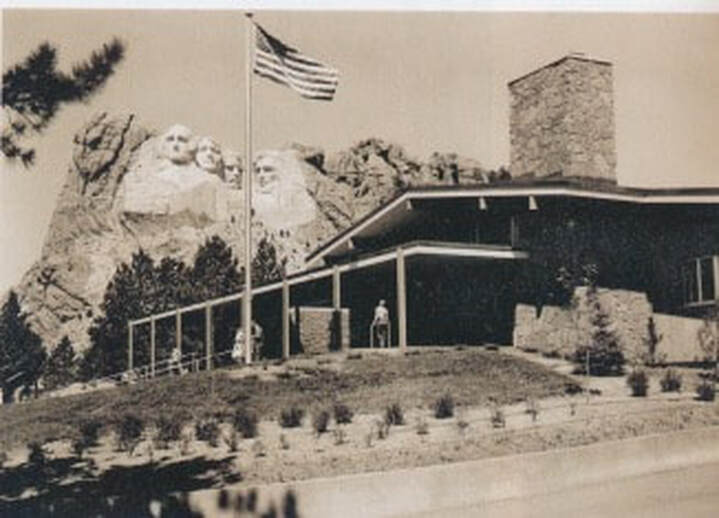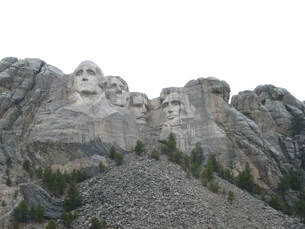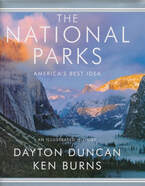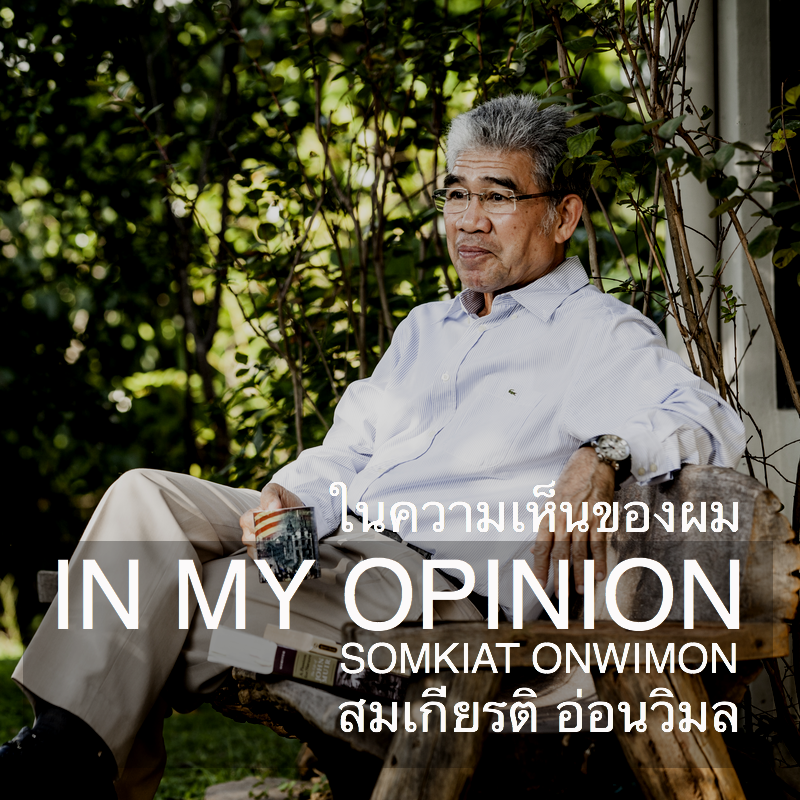IN MY OPINION
SOCRATES:
"Haven't you noticed that opinions without knowledge are shameful and ugly things?
The best of them are blind - or do you think that
those who express a true opinion without understanding
are any different from blind people who happen to travel the right road?"
(PLATO's REPUBLIC, Book VI 506c)
PLATO COMPLETE WORKS
Translator: G.M.A. Grube, Revised by C.D.C. Reeve, John M. Cooper, Editor, D.S. Hutchison, Associated Editor,
Hackett Publishing Company, Indianapolis / Cambridge, 1997, p.1127
"Haven't you noticed that opinions without knowledge are shameful and ugly things?
The best of them are blind - or do you think that
those who express a true opinion without understanding
are any different from blind people who happen to travel the right road?"
(PLATO's REPUBLIC, Book VI 506c)
PLATO COMPLETE WORKS
Translator: G.M.A. Grube, Revised by C.D.C. Reeve, John M. Cooper, Editor, D.S. Hutchison, Associated Editor,
Hackett Publishing Company, Indianapolis / Cambridge, 1997, p.1127





 RSS Feed
RSS Feed